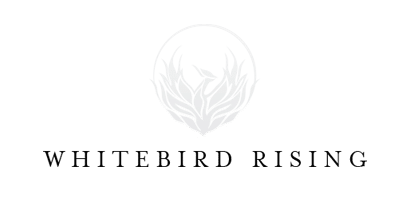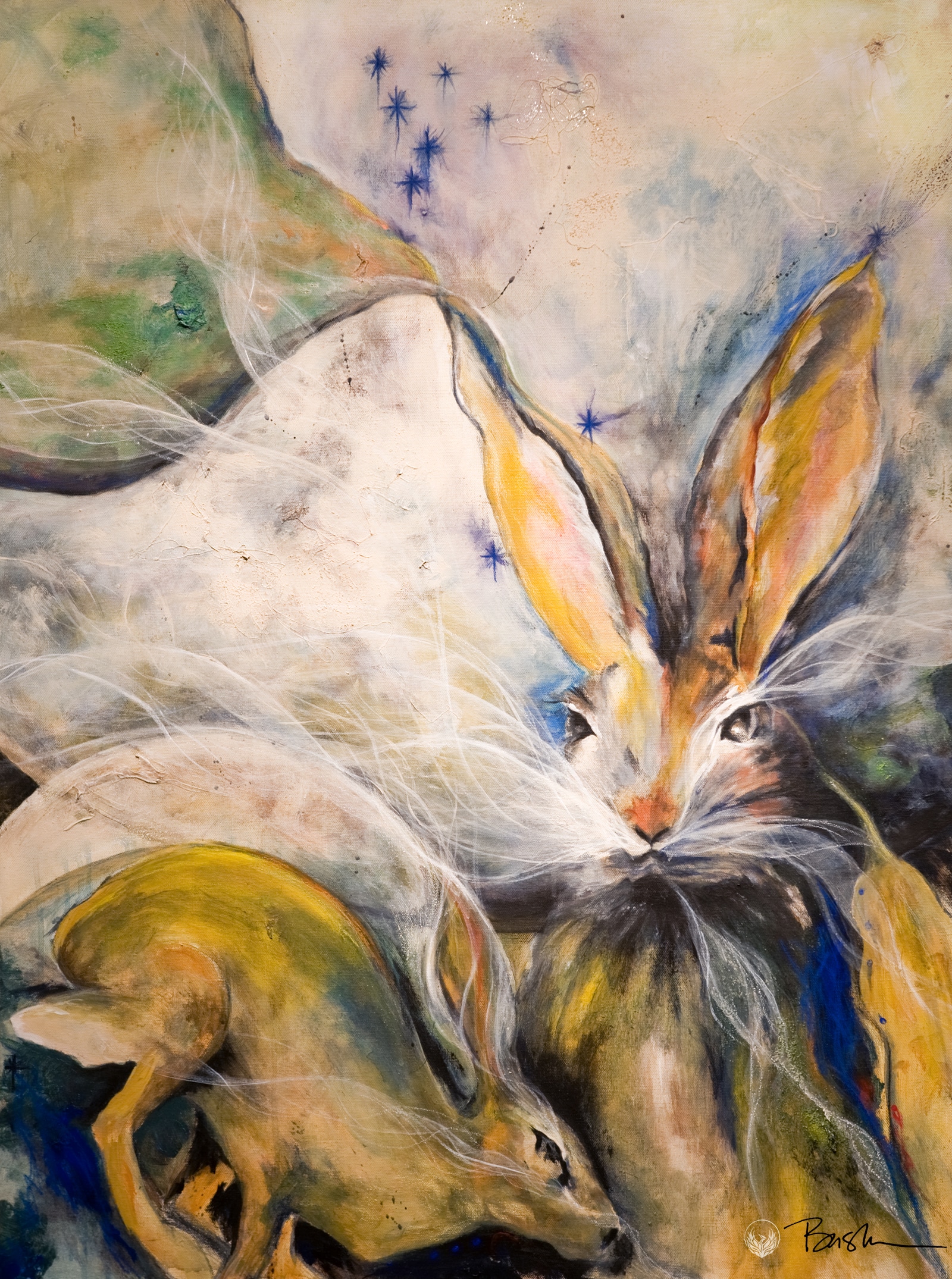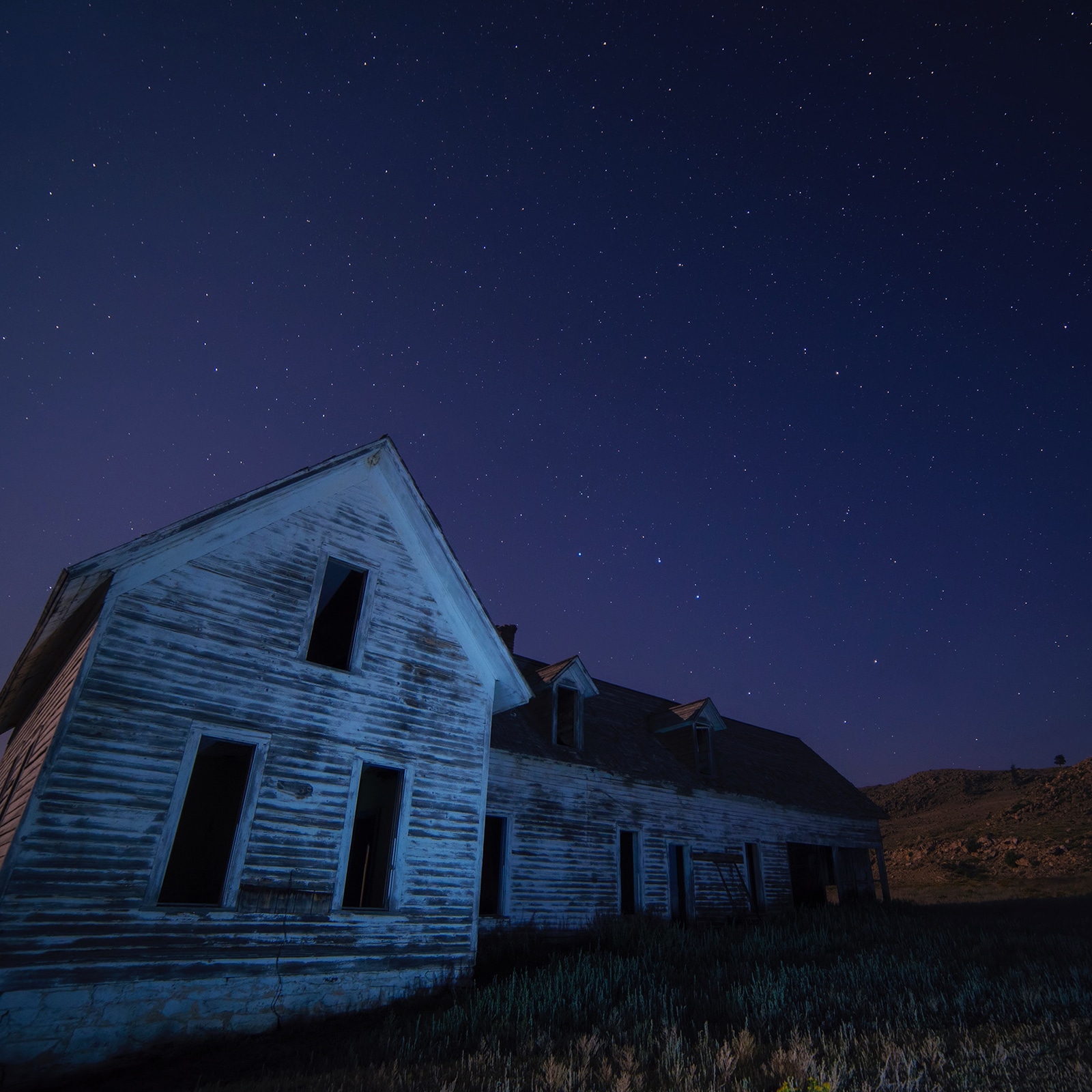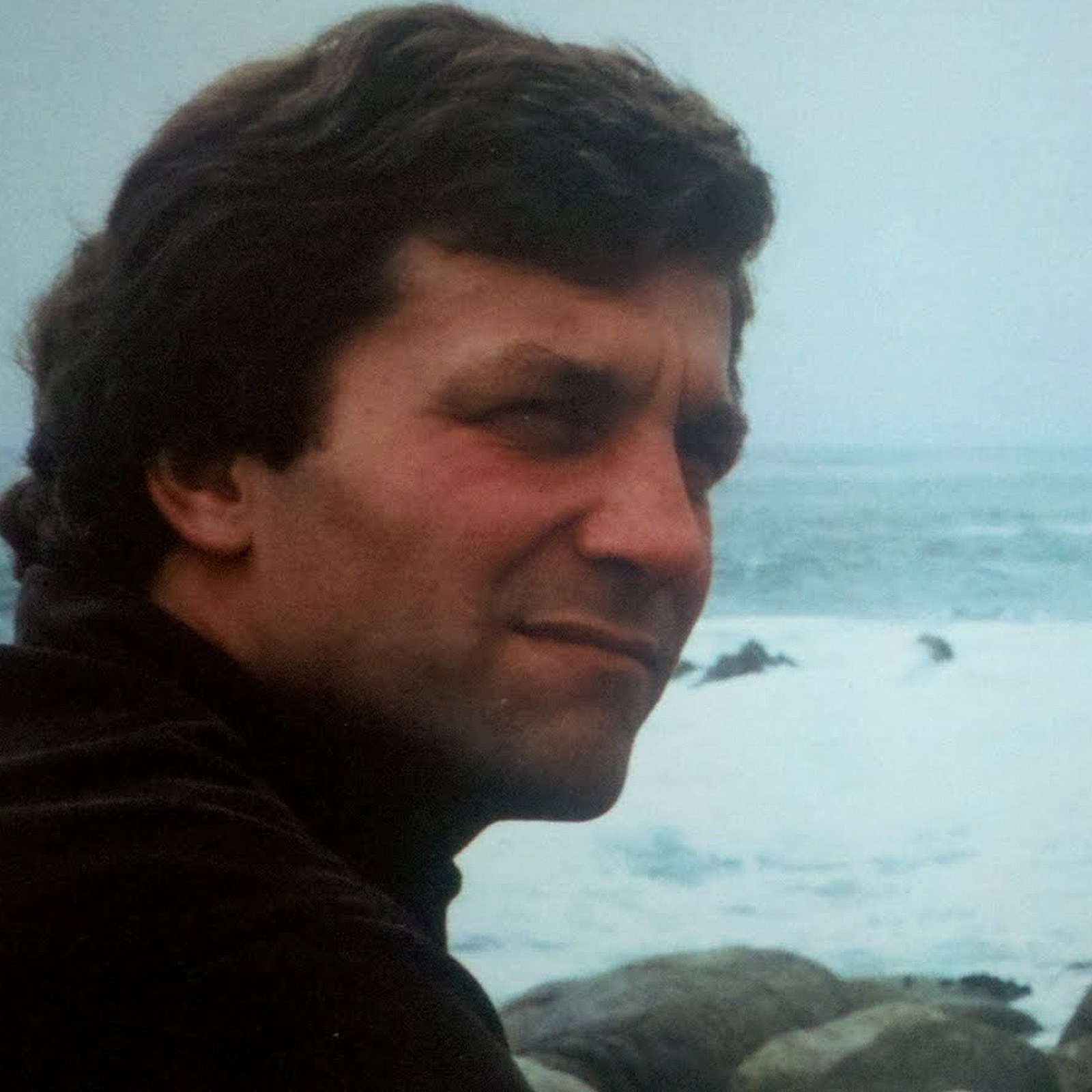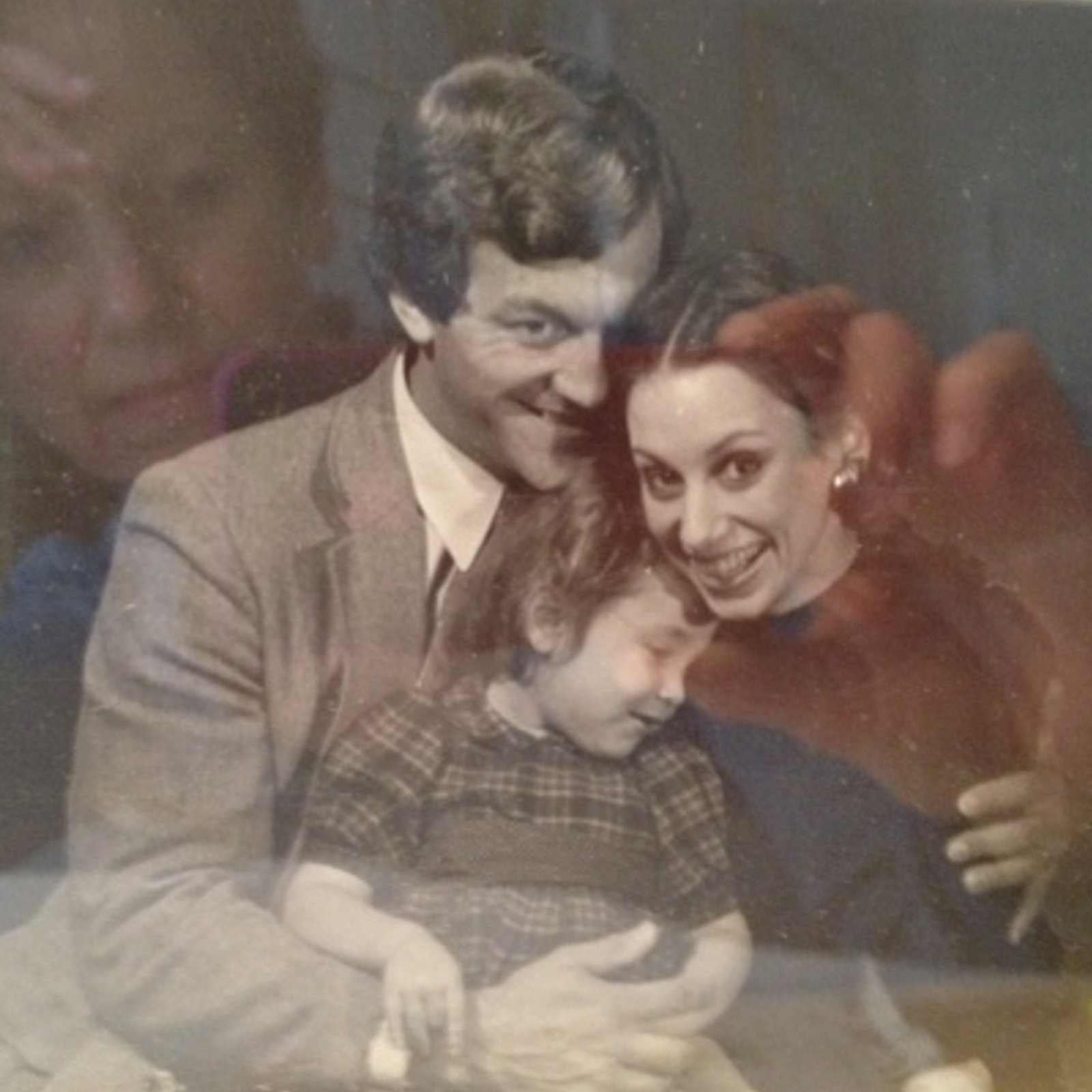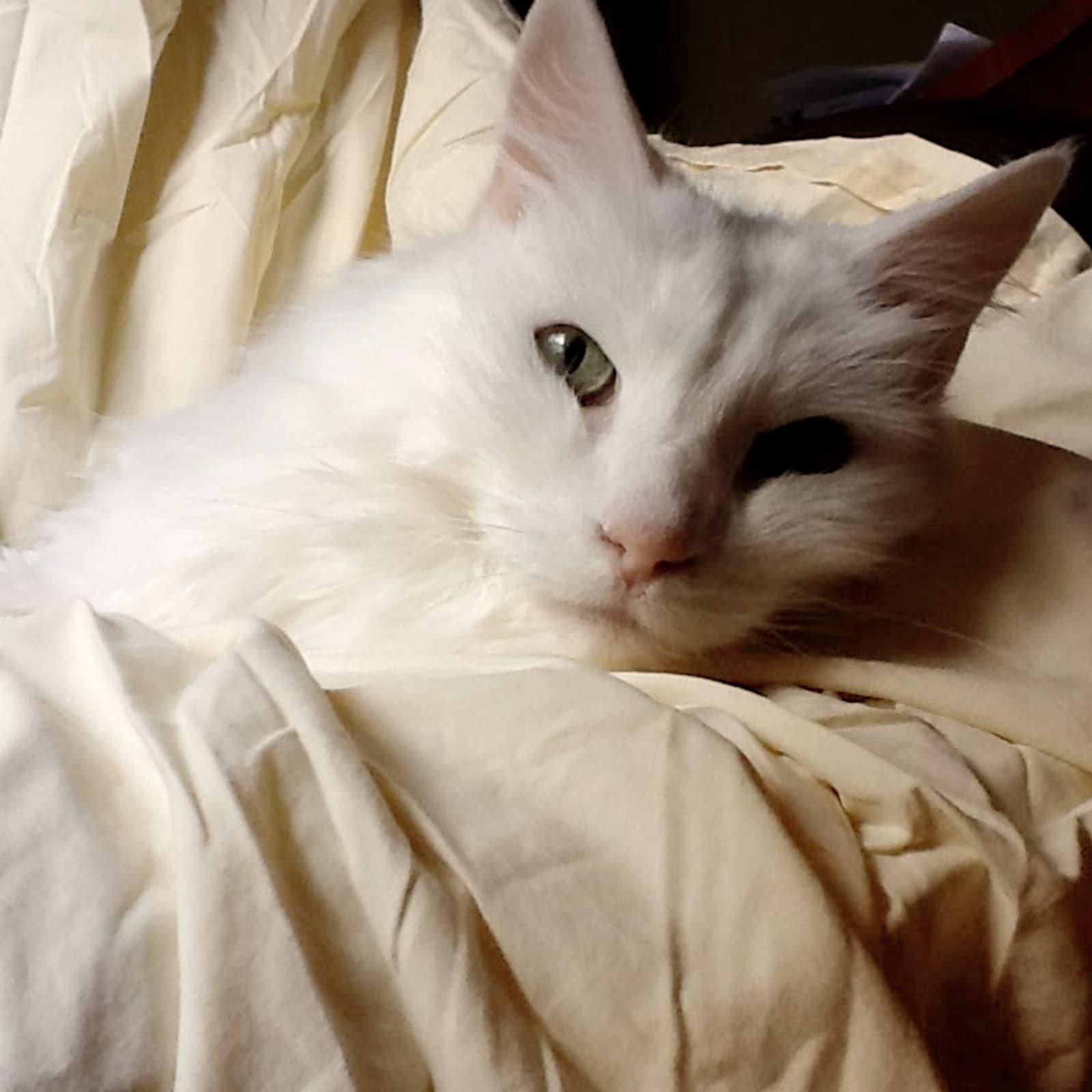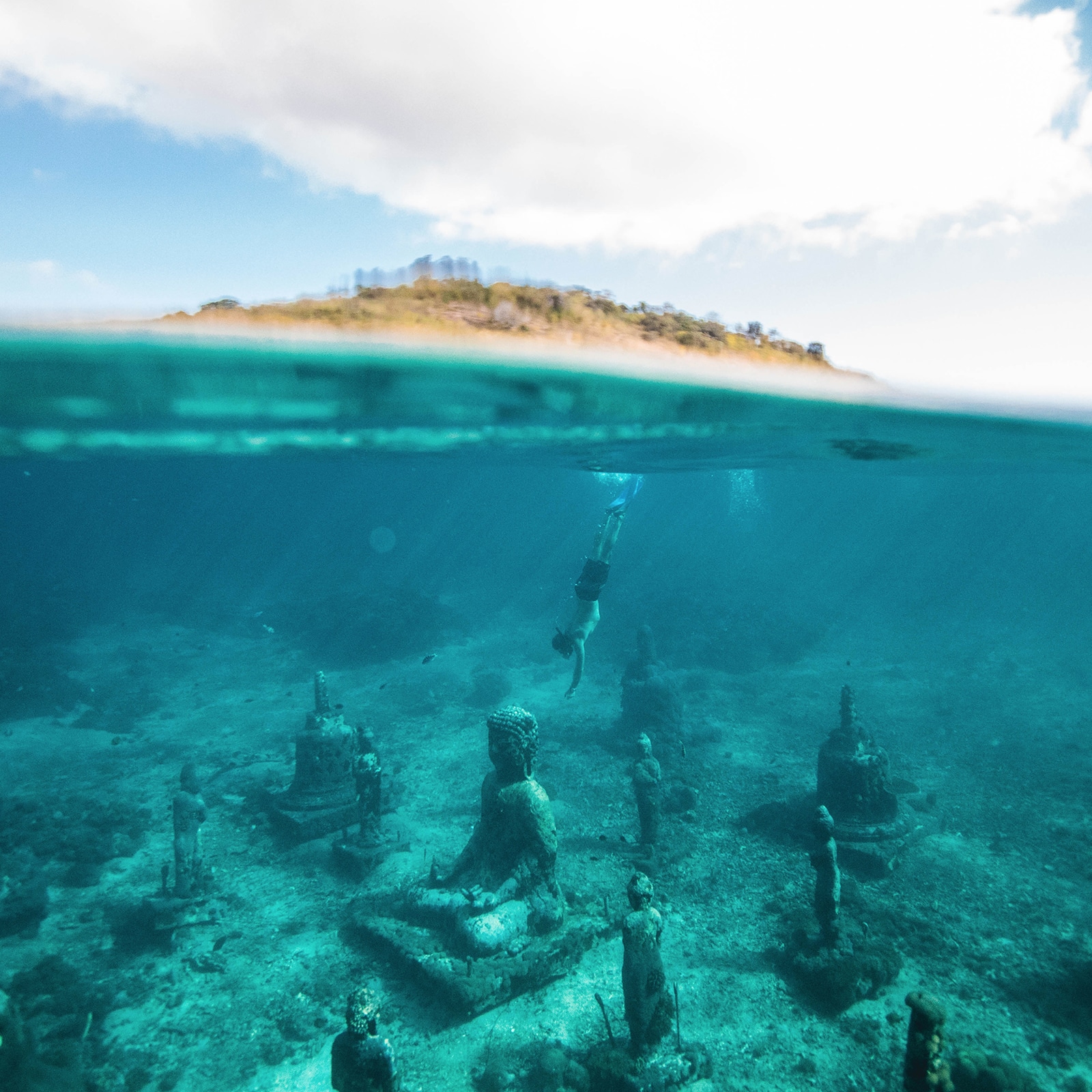Fearlessly Free From The Inside Out
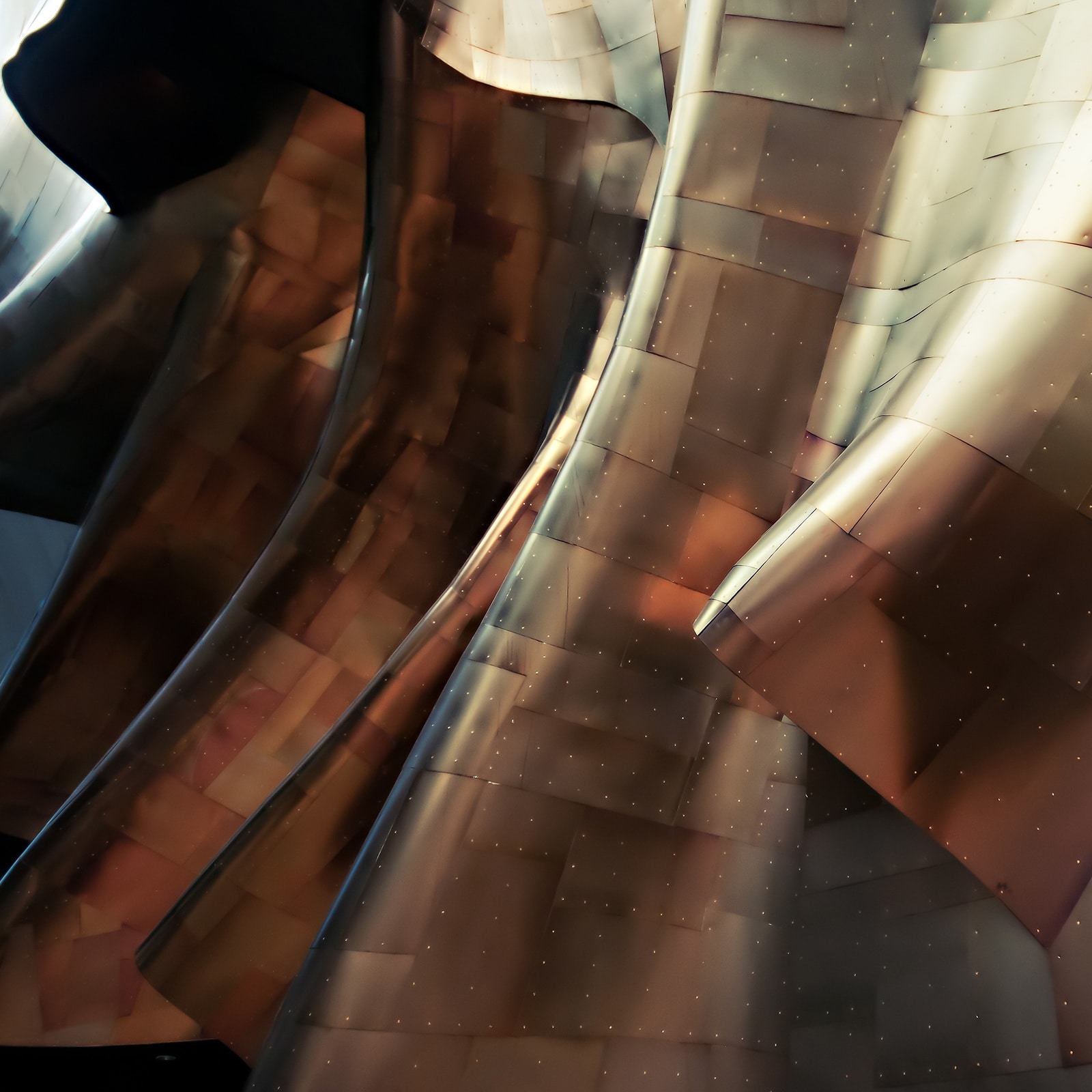 Photo By: Scott Webb
Photo By: Scott Webb
In Buddhism, “taking refuge” means that “… we are willing to spend our life reconnecting with the quality of being continually awake.
Every time we feel like ‘taking refuge’ in [the midst of] a habitual means of escape, we take off more armor, undoing all the stuff that covers over our wisdom and our gentleness and our awake quality. We’re not trying to be something we aren’t; rather, we’re reconnecting with who we are. So when we say, ‘I take refuge in the Buddha’, that means I take refuge in the courage and the potential of fearlessness, of removing all the armor that covers this awakeness of mine. I am awake; I will spend my life taking this armor off. Nobody else can take it off because nobody else knows where all the little locks are, nobody else knows where it’s sewed up tight, where it’s going to take a lot of work to get that particular iron thread untied.
You have to do it alone.
The basic instruction is simple: Start taking off that armor. That’s all anyone can tell you. No one can tell you how to do it because you’re the only one who knows how you locked yourself in there to start with.”
